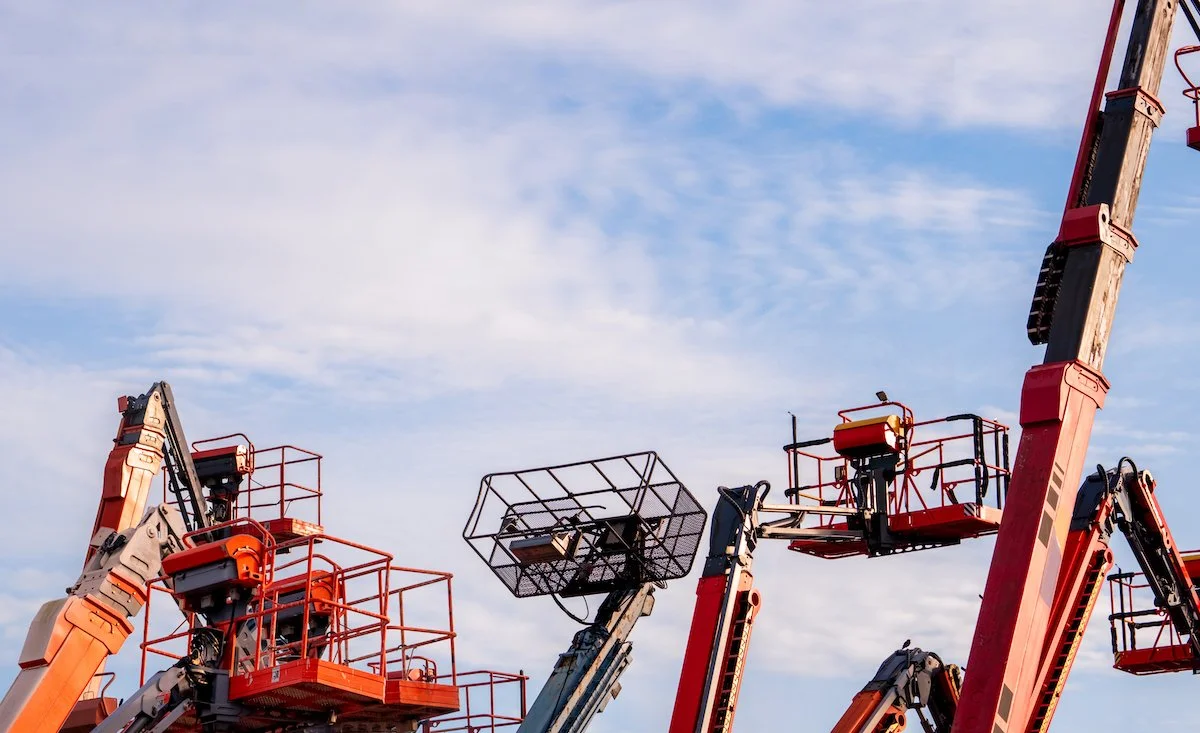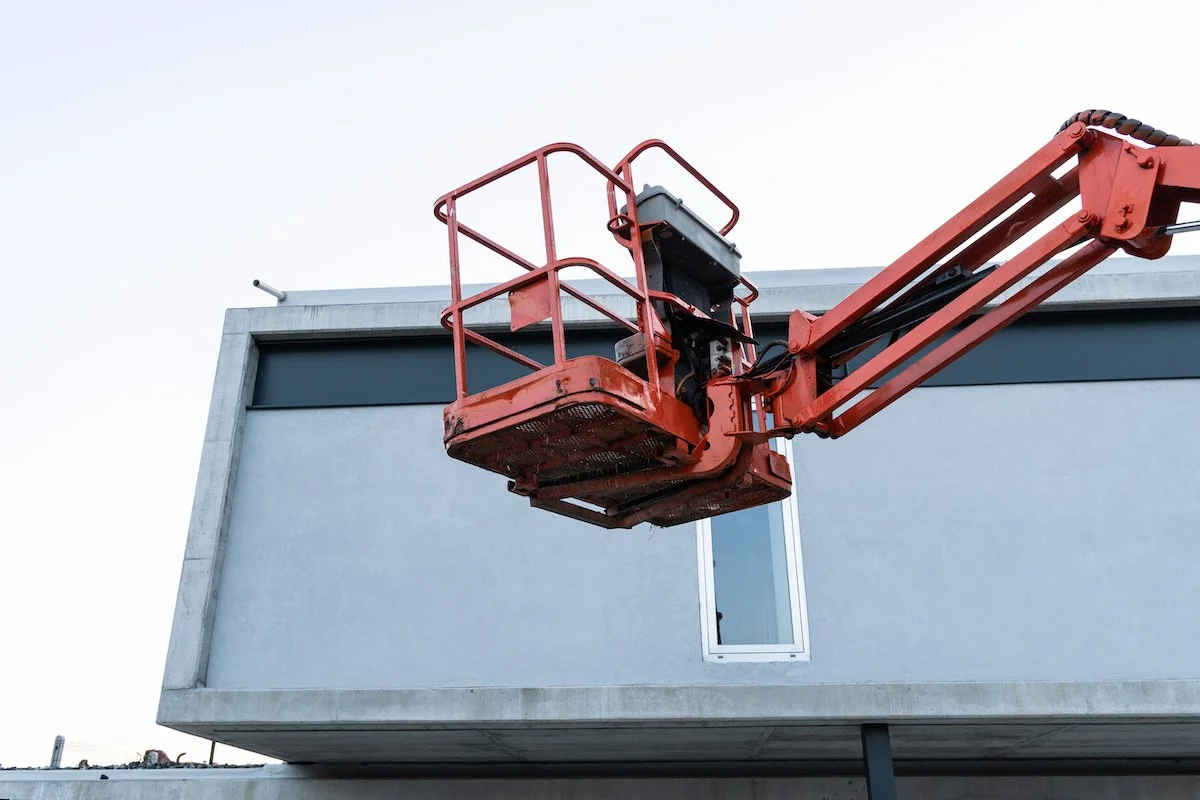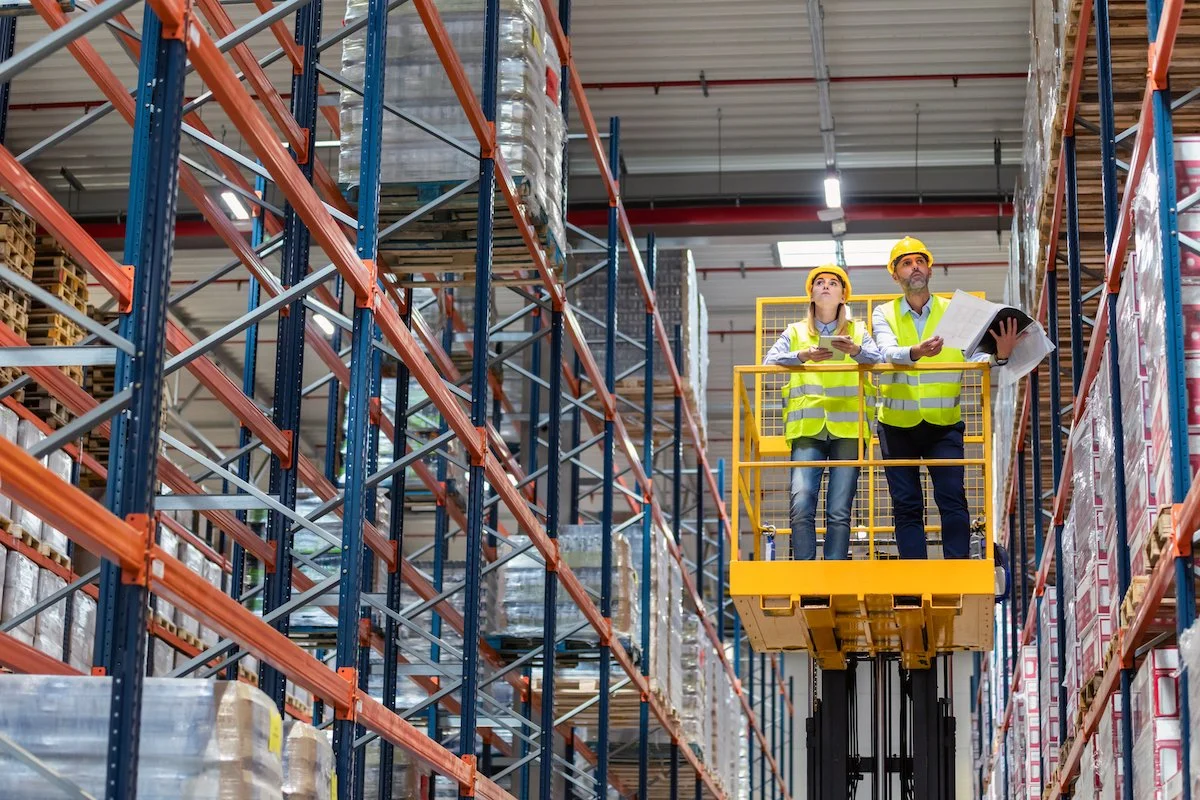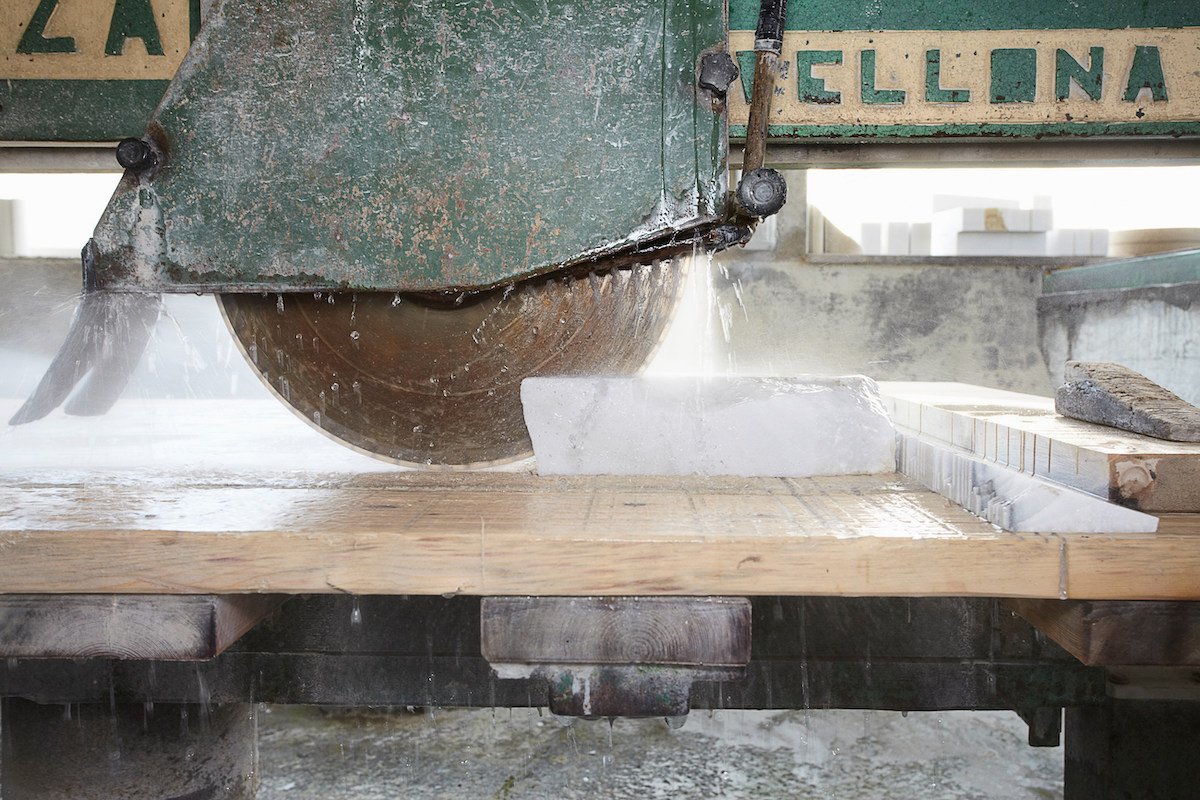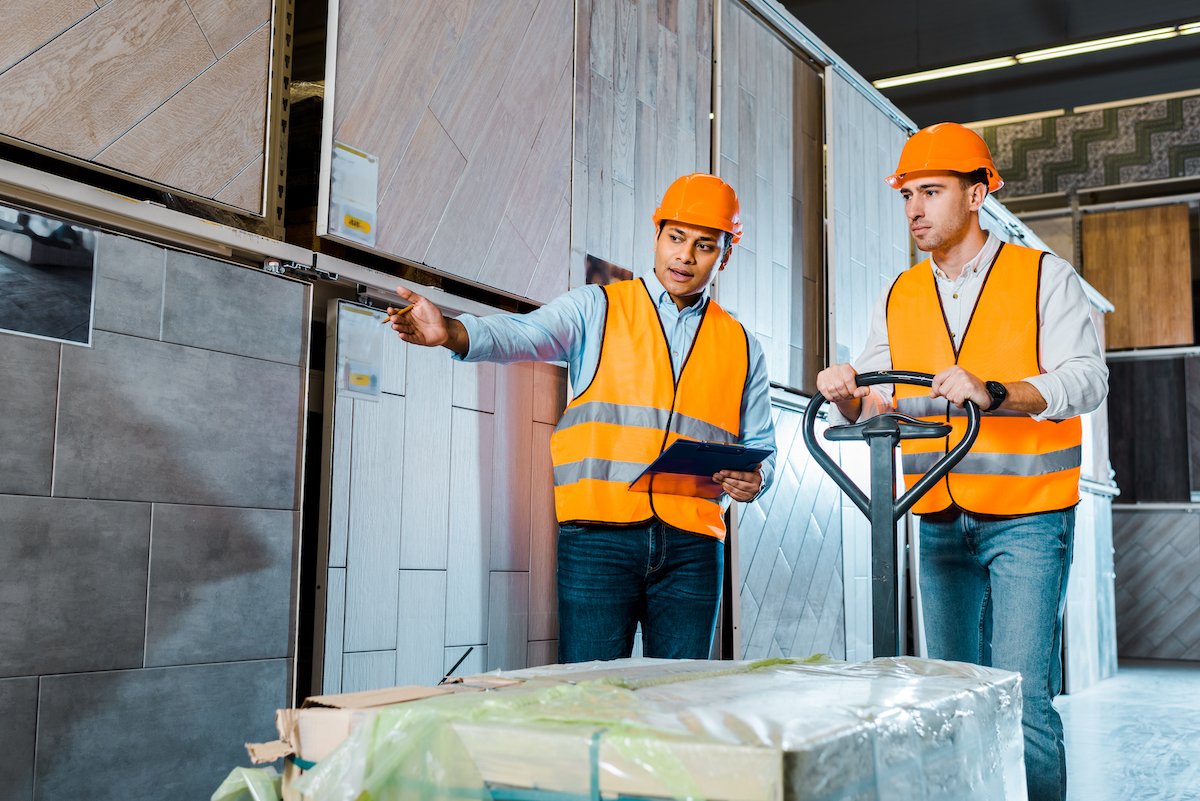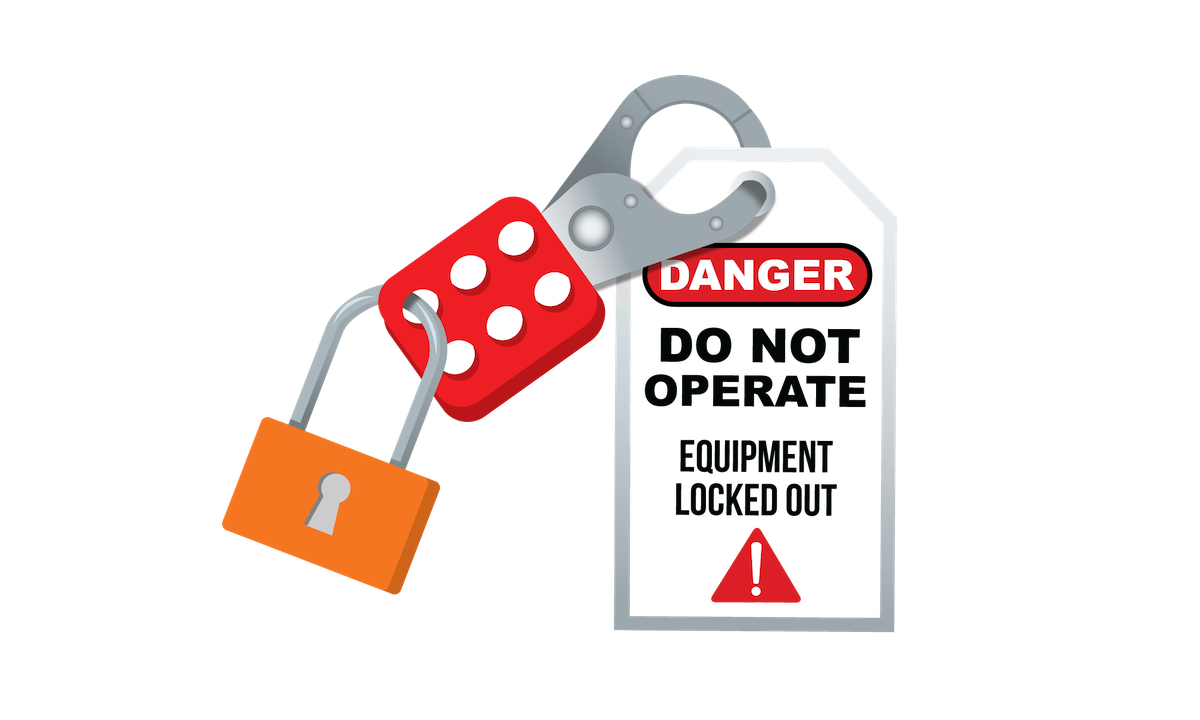Aerial Work Platform Safety
Languages: English
Media Editing: This subject does not contain any editable media.
Description: This subject introduces users to a variety of safety strategies and best practices to help keep themselves, their co-workers, and their job sites safe from accidents, injuries, and damages. Specifically, learners will be taught the key elements required for proper vehicle and environmental inspections, how to safely operate the machines, how to determine unsafe or hazardous situations, and more. Content is intended to complement your company's written policies/programs and supplement or refresh OSHA training requirements. Operator competency should be evaluated with actual use of aerial lifts.
Languages: English
Media Editing: This subject does not contain any editable media.
Description: This subject introduces users to a variety of safety strategies and best practices to help keep themselves, their co-workers, and their job sites safe from accidents, injuries, and damages. Specifically, learners will be taught the key elements required for proper vehicle and environmental inspections, how to safely operate the machines, how to determine unsafe or hazardous situations, and more. Content is intended to complement your company's written policies/programs and supplement or refresh OSHA training requirements. Operator competency should be evaluated with actual use of aerial lifts.
Languages: English
Media Editing: This subject does not contain any editable media.
Description: This subject introduces users to a variety of safety strategies and best practices to help keep themselves, their co-workers, and their job sites safe from accidents, injuries, and damages. Specifically, learners will be taught the key elements required for proper vehicle and environmental inspections, how to safely operate the machines, how to determine unsafe or hazardous situations, and more. Content is intended to complement your company's written policies/programs and supplement or refresh OSHA training requirements. Operator competency should be evaluated with actual use of aerial lifts.
Topics
The Physical Pre-Operation Inspection
-
Before an aerial lift can be used, the operator must complete a pre-work or pre-operation inspection. This inspection is one way the operator can verity that the aerial lift, and all of its components are working properly. This topic teaches the learners what to look for during the physical inspection of the lift. Content includes items like: tire inspection, fluid checks, visual spot checks, and more.
-
Questions (level 1, 2, 3)
-
This topic is currently available in English.
-
Any workers who operate an aerial lift platform must be properly trained in the safe use of the specific type of lift. This is to reduce the risk of injury to the worker or damage to the equipment or environment.
Because of the different types of lifts with varying operating and stability systems, operators must be trained for each type of lift they’re using.
Complete the pre-work or pre-operation inspection before operating the lift to identify issues and verify that the equipment and all its components are working properly.
During the pre-work/pre-operation inspection, make sure the owner’s manual and maintenance manuals are onboard the lift. This allows you to access them quickly if need-be.
Walk around the lift, and look for fluid leaks, broken or missing parts, illegible decals, etc. These are all signs that the lift could be compromised and unsafe to use.
Check the tires’ tread and air pressure, and make sure there are no cuts or embedded objects in the tires. Compromised tires could affect the lift’s stability.
Check that the fluid levels, like oil, hydraulic, coolant, and fuel are at the appropriate levels. The fluids help the lift operate properly.
Inspect the different lines and hoses on the aerial lift (hydraulic lines, air hoses, cables, wire harnesses, etc.) to make sure they’re not leaking or damaged.
Make sure that any safety decals are in the right place and legible. This is so you can easily find essential information like the lift’s weight capacity, clearance recommendations, etc.
Make sure that the guardrails and gates aren’t cracked or missing parts and that the gate ONLY swings inward. The operator stands on the platform, so it’s important that the guardrails and gate work will protect them properly.
Preview of topic image for “The Physical Pre-Operation Inspection” as this topic is questions only.
Inspecting Controls & Surrounding Environment
-
This topic teaches learners which controls need to be inspected before operating an aerial work platform, how to perform these inspections, and why they’re important. It also focuses on the different steps required to properly inspect the physical work environment. Learners will answer questions about testing the upper and lower controls, driving controls, emergency stop buttons, testing the brakes, two-handed control systems, and checking for level ground, pot holes, or any other obstacles that may interfere with safe operation of the aerial work platform.
-
Questions (level 1, 2, 3)
-
This topic is currently available in English.
-
Check that the emergency stop button and other buttons on the ground controls are able to control the lift’s movements as expected.
Check that the emergency stop button and other buttons on the platform controls are able to control the platform’s movements and drive the lift as expected.
Make sure that the brakes work properly, so you know the lift will stop as expected.
If applicable, check the two-hand control system to make sure it functions as expected and to help prevent the inadvertent movement of the lift if the controls are accidentally bumped. (The two-handed control system requires a separate button be held down before any control can be activated.)
Any lifts that fail the pre-work/pre-operation inspection should be lockout/tagout until they are repaired by a qualified technician.
Before using the lift, make sure that the ground isn’t dangerous; look for drop offs, soft or unstable ground, pot holes, curbs, etc. Uneven ground can compromise the lift’s stability and cause tip-over.
Check that the path is secure: look for bridge plates, grates, or other ground covers, and make sure they’re secure and can handle the weight of the lift.
Make sure the travel path doesn’t interfere with any other machines, like a crane. If it does, the other machine should have a lockout/tagout done, to avoid a collision.
If the environment fails the inspection, do not use the aerial lift; it’s likely not safe.
Make sure any obstacles or hazards are removed from the lift’s travel path. These obstacles can make the lift unstable or tip over.
Make sure any affected employees in the area know when you’re about to use the lift and your intended travel path. Good communication will help decrease the number of accidents.
Preview of topic image for “Inspecting Controls & Surrounding Environment” as this topic is questions only.
Best Practices for Operating Aerial Work Platforms
-
This topic teaches learners how to operate the aerial lift as safely as possible. Content in this topic focuses on mounting and dismounting the lift, using lanyards, raising and lowering the platform, etc.
-
Questions (level 1, 2, 3)
-
This topic is currently available in English.
-
Always keep three points of contact with the lift when mounting or dismounting. This helps you keep a good grip, and puts you in a good position to duck under the fixed guardrail.
When mounting the lift, make sure not to grab or bump any controls. Disturbing the control could make the lift move unexpectedly.
Close the platform gates as soon as you’re safely in the platform, so you don’t risk falling out.
Attach your lanyard to the approved anchor point as soon as you’re in the platform. Do NOT attach your lanyard to the guardrail.
When leaving the aerial lift unattended, make sure to lower the platform, shut off the engine, and use the parking brake.
Always make sure the area around the lift is clear before raising or lowering the platform, so that the platform doesn’t bump into anything or anyone.
Always keep cords, equipment, and your body parts inside the guardrails when raising or lowering the platform. This will help to prevent accidents and injuries.
Preview of topic image for “Best Practices for Operating Aerial Work Platforms” as this topic is questions only.
Driving Aerial Lift Platforms
-
In this topic, learners are taught some important safety practices to keep in mind when operating an aerial lift platform. Content includes tips like: planning your path to avoid sharp turns or unexpected maneuvers, how to ascend/descend an incline, monitoring your immediate area, and others.
-
Questions (level 1, 2, 3)
-
This topic is currently available in English.
-
Do not make sharp turns or sudden stops with the aerial lift; these types of motions can cause an accident or injury. Know your path, so you know where the turns and stops are located.
When going up or down an incline, make sure the incline doesn’t exceed the aerial lift’s recommended rating. Inclines that are too steep can cause the lift to tip over.
Before driving up or down an incline, lower the platform to reduce the chance of tipping over.
Always park the aerial lift on a solid, flat surface to prevent the risk of tipping over.
If using stabilizers, make sure the feet of the stabilizers are on solid, firm ground, and adjust them, so they’re level. Stabilizers are used to keep the lift level and from tipping over.
Before moving the lift, make sure you know which direction the wheels are pointed, so you know which direction the lift will move. This will help to prevent accidents and bumps. (Boom lifts have a decal that indicates forward and reverse travel.)
Always keep the platform lowered when driving the lift. If the lift has a selector switch, set it to slow mode when moving in tight areas or near drop offs. This will help prevent accidents and damage to the environment.
When driving the lift, face the direction in which you’re travelling, and monitor the area around, below, and above you. This reduces your chances of an accident or injury.
Preview of topic image for “Driving Aerial Lift Platforms” as this topic is questions only.
How to Work Safely Around Aerial Work Platforms
-
This topic teaches learners some basic steps to help them stay safe while operating an aerial lift platform. Specifically, this topic focuses on the operator’s responsibility for safe operation, keeping the platform free of obstacles, using guardrails and lanyards to increase safety, as well as safe practices around power lines.
-
Questions (level 1, 2, 3)
-
This topic is currently available in English.
-
You must take the responsibility for your own safety.
Make sure the total weight of the tools, equipment, and workers do not exceed the lift’s weight capacity.
Make sure the floor of the platform is clear, so you do not trip or slip. Keep tools, power cords, etc., out of the way.
Do not sit or stand on the guardrails, and do not use stools, pails, or other objects to extend you reach. Adjust the platform, so you reach your work comfortably.
Be aware of the lift’s horizontal load or “side load” rating. Excessive side loads can cause the lift to tip over.
Do not use the lift to hoist or carry materials like a crane would. Excessive or awkward loads can make the lift more likely to tip over.
Keep the aerial lift at least 10 feet away from power lines or electrical equipment. This will help to avoid electrocution. Refer to the particular lift’s operations manual to more information about the proper clearance distances for higher voltages.)
Preview of topic image for “How to Work Safely Around Aerial Work Platforms” as this topic is questions only.


